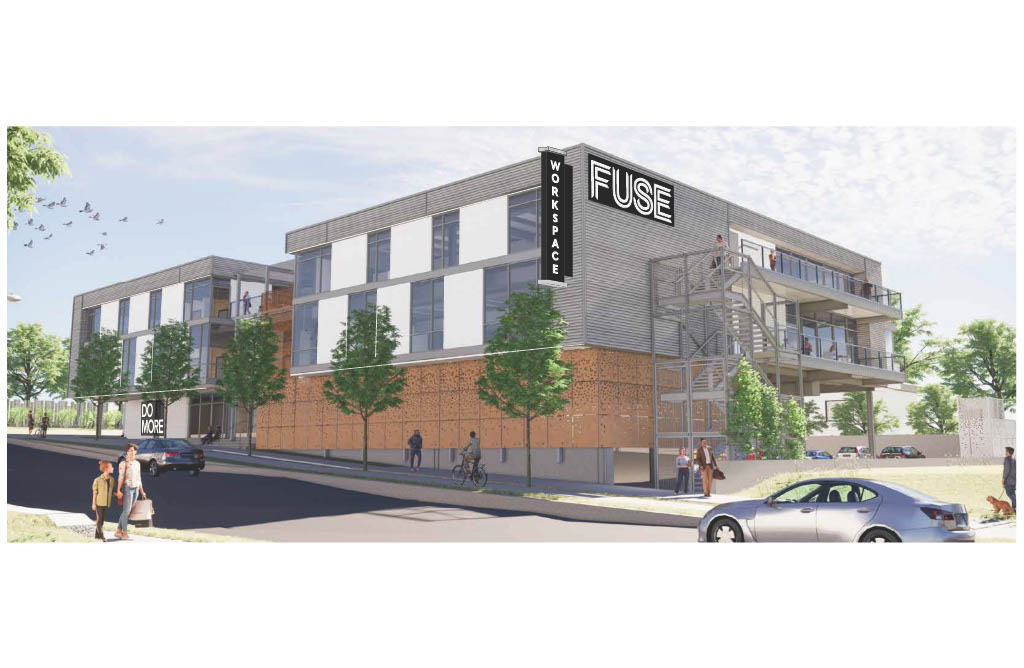Is Self Storage Recession Resistant?
JLL’s Brian Somoza sheds light on what defined the self storage business in 2018 and shares his predictions for the specialty product type.
By Evelyn Jozsa
Self storage is considered to be the booming sector of commercial real estate. However, on a national level, street-rate rents have gradually dropped as new projects kept coming online. Despite its challenges, the self storage business is unlikely to face a recession, said Brian Somoza, managing director at JLL Capital Markets, National Self Storage Investment Sales. Somoza reveals what was surprising about the self storage market in 2018, as well as his predictions for the sector in the years to come.
What are the most attractive self storage markets across the U.S.? What makes them stand out?
Somoza: West Coast markets recorded high occupancy and asking rents throughout 2018. Heavily populated markets with zoning restrictions and community opposition are ideal when looking to purchase and/or develop a self storage facility.
What are the current challenges in the self storage sector?
Somoza: We are experiencing the effects of new supply flattening rent growth and extending the lease-up of new facilities.
How do current economic trends impact the self storage industry?
Somoza: As far as the tenant base, we don’t expect the economy to have a great effect on the industry. The sector has been recession resistant because the demand for self storage space is based on life events, such as marriage and divorce, renovating and relocating. During the Great Recession, self storage was one of the least foreclosed real estate sectors.
Additionally, while we expect cash flows to remain stable, interest rate movement will indirectly affect the value of the cash flows.
What can you tell us about the national self storage market in terms of supply and demand?
Somoza: We’re in “unchartered waters.” During the last development cycle, the average self storage facility built was approximately 50,000 to 75,000 square feet. In this cycle, we’re recording larger self storage developments—sometimes more than 200,000 square feet.
What surprised you about the self storage market in 2018?
Somoza: The main trend we noticed is that “lease-up” values have been underwritten more conservatively than years past. This might include slower or flat rent growth, longer lease-up time and extended hold periods.
What trends will define the self storage market in the following years?
Somoza: We expect fewer deliveries of new product over the next two years. Developers moved quickly from 2012 to 2016, due to pent-up demand for self storage product after the Great Recession. Development over the last two years has slowed as the market digests the new supply. The cost of development has also increased.
How are tech and IoT changing the business?
Somoza: Having just a web presence is not enough in today’s market. Savvy owners employ other means to make sure they’re online marketing friendly toward mobile devices. This includes mobile payment systems, access to customer accounts via apps, electronic signatures for leases and utilization of search engine optimization.
What should we expect in terms of self storage property values going forward?
Somoza: It varies depending on the specific market or submarket. Values for existing cash flowing assets should remain stable in the face of slowly rising interest rates. Properties being offered for sale during their initial lease-up period will likely see values closer to replacement cost, depending on the specific market.
Image courtesy of JLL









You must be logged in to post a comment.